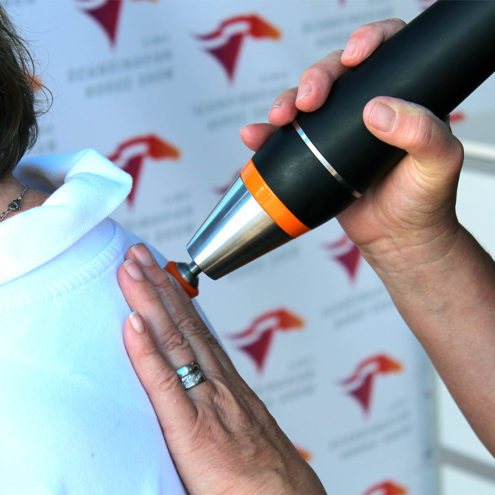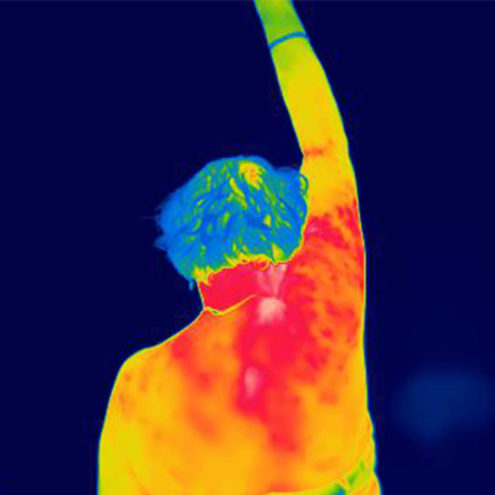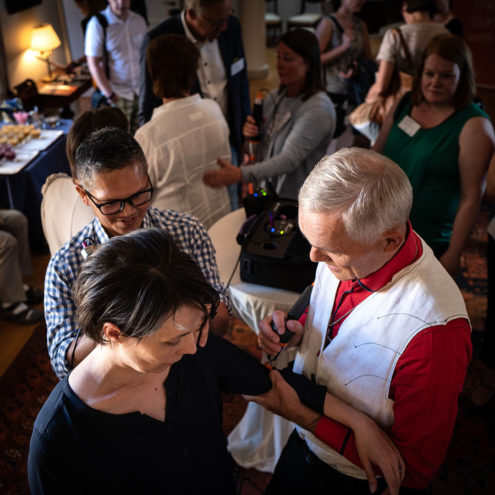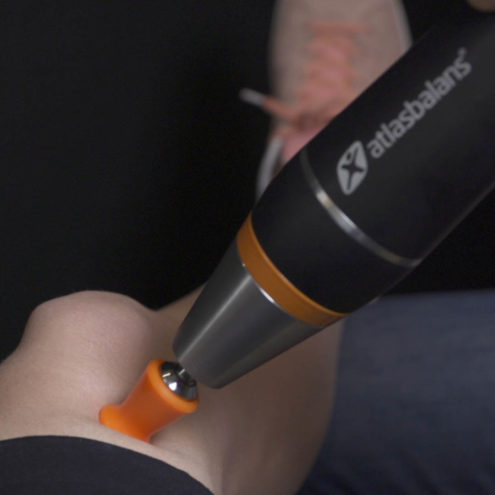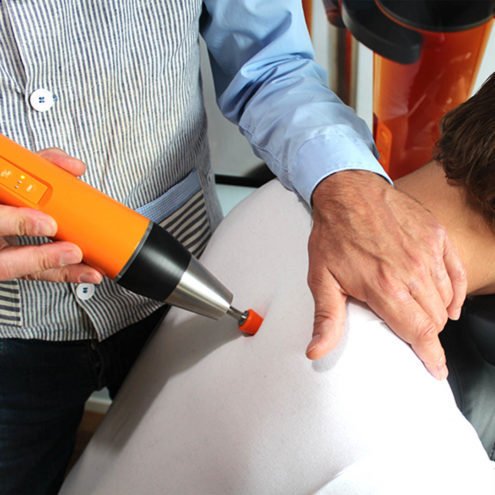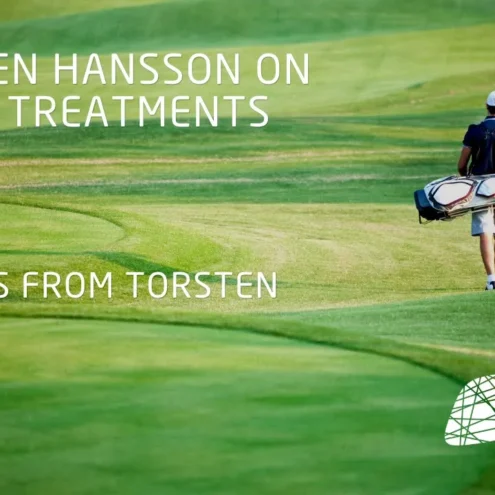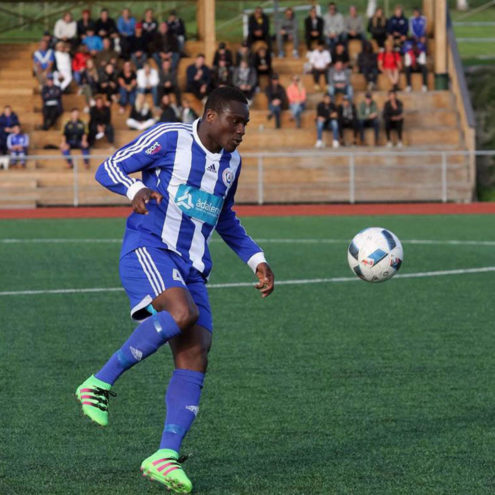Sprained wrist
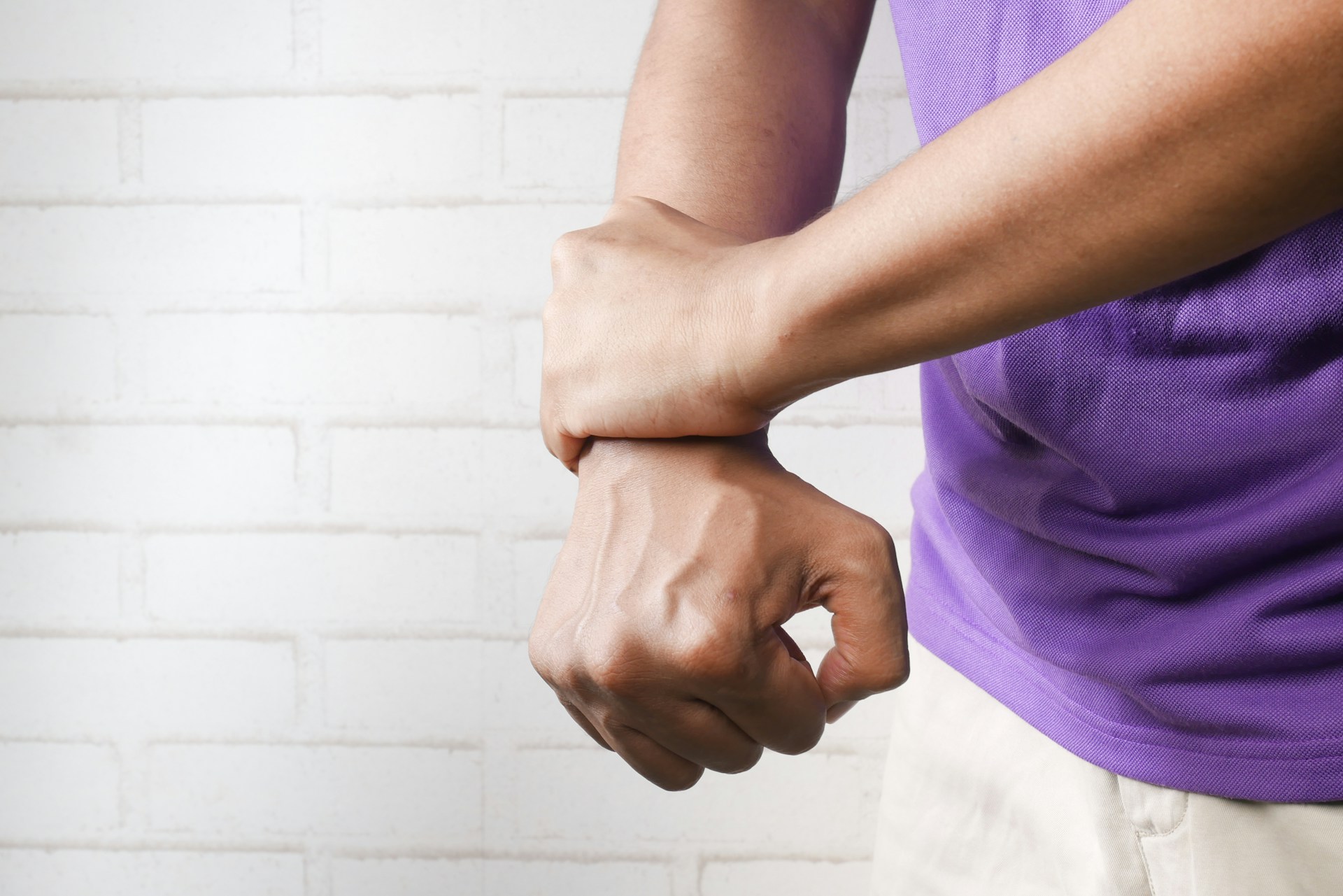
A sprained wrist is a common injury that can cause significant discomfort and disruption to everyday life. When you sprain your wrist, the ligaments that connect our bones in the wrist are overstretched and damaged. Understanding its causes, symptoms and possible treatments can be crucial for many to make a quick and effective recovery.
What is a sprained wrist?
Definition of a sprained wrist
A wrist sprain occurs when the strong ligaments in the wrist that help stabilize and support the bones in the wrist are subjected to excessive force leading to overstretching so they are damaged. This type of injury often results in pain, swelling, and limited mobility of the wrist.
Causes of a sprained wrist
The primary causes of a sprained wrist include falls where the hand is used to break a fall, sudden blows or twists, and sports-related injuries. Activities that involve a high risk of falls or collisions, such as skateboarding, snowboarding, basketball and soccer, are at high risk of wrist sprains.
Why do you get a sprained wrist?
Common causes of wrist sprains
Most wrist sprains occur as a result of an accident or a specific injury where there is a sudden and severe strain on the wrist. This can include falling on an outstretched arm, a direct collision, or an unusual twist of the wrist. These incidents cause a sudden stress on the ligaments of the wrist, which can be overstretched and damaged, or in the case of very severe injury, even break.
Risk factors for getting a sprained wrist
Several factors can increase the risk of suffering a sprained wrist. These include previous injuries to the wrist, poor muscle strength or flexibility, and participation in high-intensity activities or sports. Even everyday activities, such as using non-ergonomic equipment or improper technique when lifting heavy objects, can increase the risk.
Symptoms and consequences of a sprained wrist
Typical symptoms of a wrist sprain
A sprained wrist is characterized by several symptoms, including:
Immediate pain at the time of injury that worsens with pressure or movement.
Swelling and tenderness around the injury area.
Bruising or discoloration.
Heat or burning sensation in the affected area.
Reduced mobility and strength in the wrist.
Moving your fingers is often fine.
How does a sprained wrist affect everyday life?
The effects of a sprained wrist range, in addition to pain, include difficulty performing everyday tasks, such as writing, driving, cooking or getting dressed. Sleep may also be disturbed due to pain or discomfort, which can lead to fatigue and irritability. For athletes or people with physically demanding jobs, a sprained wrist may mean having to give up their sport or work.
Sprained wrist. What can you do yourself?
If you sprain your wrist, it is good to use the PRICE method to relieve pain and reduce the extent of the injury.
Pressure: Apply a pressure bandage around the injured wrist.
Rest/Rest: Rest to reduce blood circulation to the wrist.
Ice/Cold: To relieve the pain.
Compression/Compression: Use a bandage or orthosis with light pressure that should be left on for 48 hours after the injury.
Elevation/High Position: Keep your hand in an elevated position.
After you have rested your wrist for 48 hours, it is good to do simple strength and movement exercises to regain full wrist function. If necessary, anti-inflammatory medication can be used.
Should the pain persist, the wrist be severely swollen or the wrist be misaligned, it is important to seek medical attention to avoid further injury and promote an effective recovery.
How can we help you
At FasciaClinics, we offer highly effective treatment. We specialize in seeing and treating the body from a holistic perspective. We perform fascia treatments, a highly effective treatment method that focuses on treating and maintaining the fascia in our body.
Fascia is the network of connective tissue that binds and permeates everything in our body. All cells, tissues (even bone), muscles and organs contain fascia. Fascia is also very rich in free pain receptors, known as nociceptors, which respond to stimuli such as pressure and send signals to the central nervous system where they are interpreted as pain.
Fascia treatment focuses on releasing tension and adhesions in the fascia and increasing its flow. This allows us to increase circulation in the body with increased mobility and less pain. With increased flow and less tension, the cell membranes can also absorb and release substances more easily, which can increase the body’s own healing.
 Search
Search



